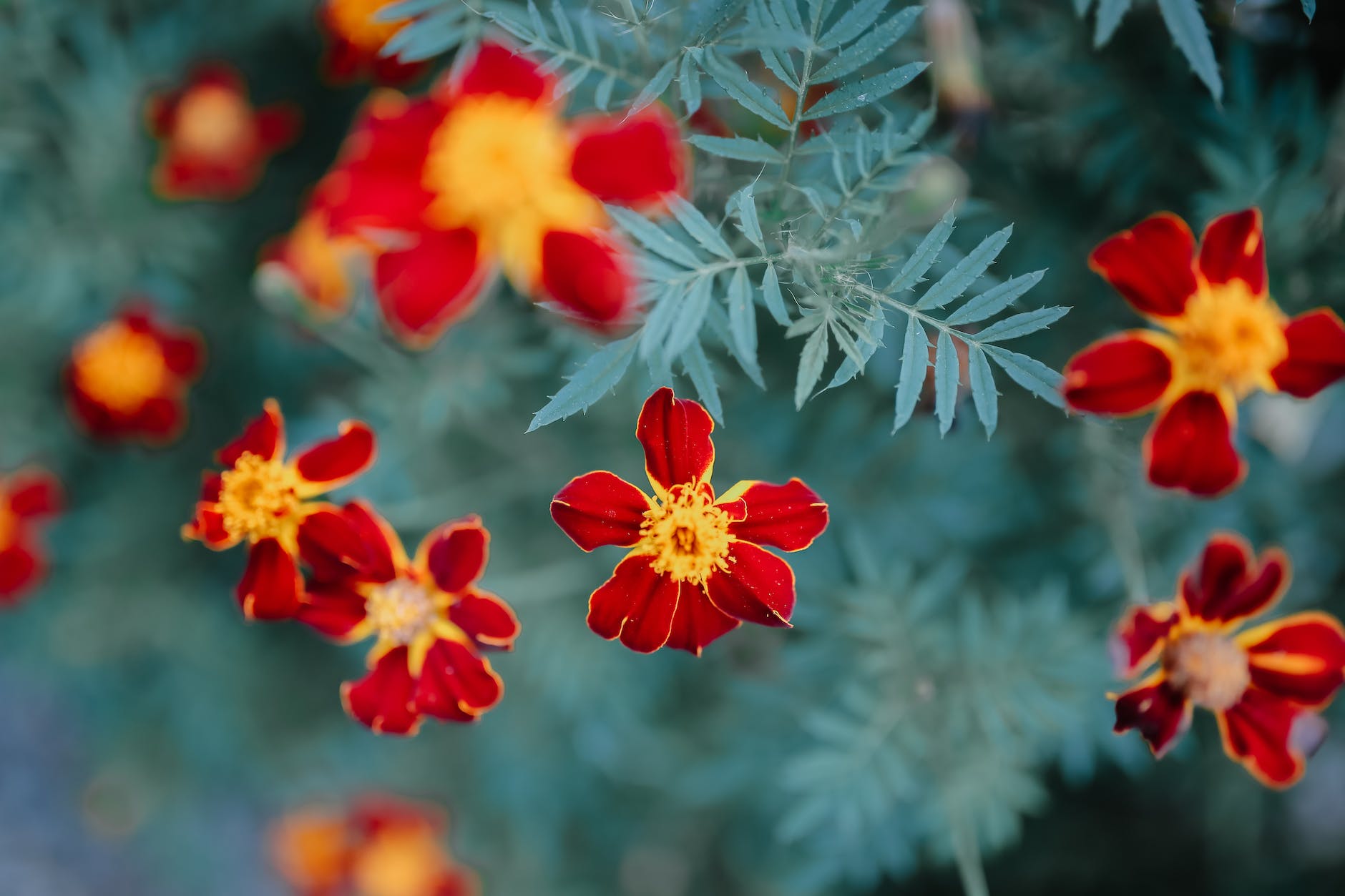Marigolds, with their vibrant colors and delightful fragrance, are popular flowers that bring cheer to gardens and landscapes. These versatile plants are easy to grow from seeds and can thrive in various climates and soil conditions. In this blog, we will explore the step-by-step process of planting marigold seeds, discuss popular marigold varieties in India, and provide insights into the climate, water requirements, and soil conditions that promote successful growth.
Marigold Varieties in India:
India boasts a wide range of marigold varieties, each displaying unique characteristics and colors. Some popular marigold varieties grown in India include:
- Tagetes erecta (African Marigold): Known for its large, pom-pom-like blooms in vibrant shades of orange and yellow.
- Tagetes patula (French Marigold): Features smaller, more compact flowers in an array of colors, including yellow, orange, and red.
- Tagetes tenuifolia (Signet Marigold): Recognized for its finely divided leaves and small, single flowers in shades of yellow and orange.

Climate Conditions for Marigold:
Marigolds are known for their adaptability to different climates. They thrive in warm weather and are tolerant of heat. In India, marigolds are cultivated throughout the year in most regions. However, they are particularly suited for the winter season in northern India and the monsoon season in southern India. Marigolds require at least six hours of direct sunlight each day.
Water Requirements:
Marigolds prefer moderate watering. It’s important to keep the soil consistently moist but not waterlogged. Allow the soil to dry slightly between waterings to avoid the risk of root rot. During hot and dry periods, increase the frequency of watering to keep the plants hydrated.
Soil Conditions:
Marigolds are not very demanding when it comes to soil conditions. They can grow well in various soil types, including loamy, sandy, or clayey soils. However, for optimal growth, ensure the soil is well-draining and fertile. Adding organic matter, such as compost or well-rotted manure, to the soil before planting will provide essential nutrients and improve soil structure.

Steps to Plant Marigold Seeds:
Step 1: Prepare the soil by removing any weeds or debris and loosening it with a garden fork or tiller.
Step 2: Sow the marigold seeds directly into the soil, about 1/4 to 1/2 inch deep. Space the seeds according to the variety’s specific requirements, usually 6-12 inches apart.
Step 3: Gently cover the seeds with soil and press down lightly.
Step 4: Water the soil thoroughly, ensuring the seeds and surrounding soil are moist.
Step 5: Place a thin layer of mulch around the seedlings to help retain moisture and prevent weed growth.
Step 6: As the seedlings grow, thin them out if necessary, allowing sufficient space for proper air circulation and growth.
Step 7: Maintain regular watering and monitor the plants for any signs of pests or diseases. Use organic pest control methods if needed.
Step 8: Enjoy the beautiful blooms of marigolds as they grow and thrive in your garden!
Conclusion: Growing marigolds from seeds is a rewarding experience that adds beauty and vibrancy to any garden. By following the steps outlined above and considering the climate, water requirements, and soil conditions suitable for marigolds, you can cultivate these cheerful flowers successfully. Explore the diverse marigold varieties available in India and unleash your creativity in designing a stunning marigold-filled garden that will bring joy and color to your outdoor space. Happy gardening!















